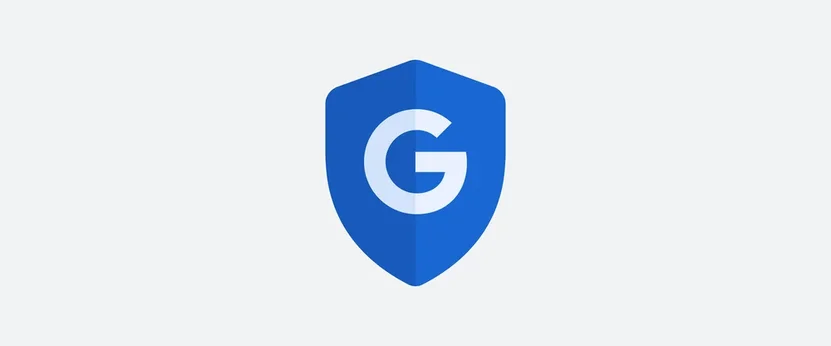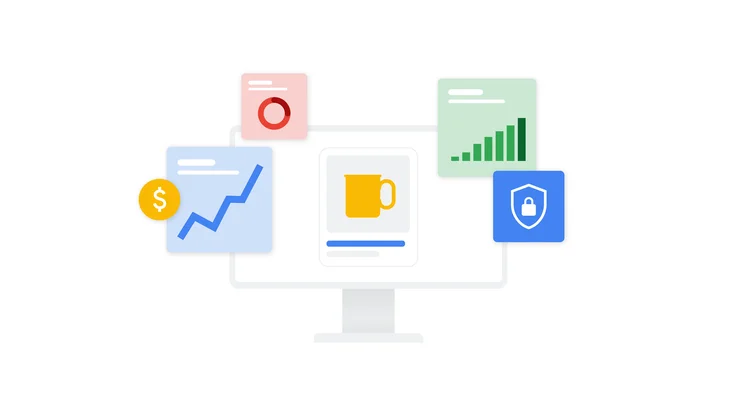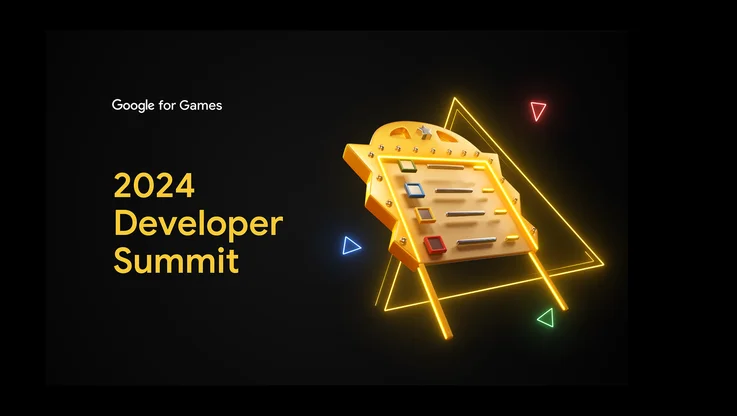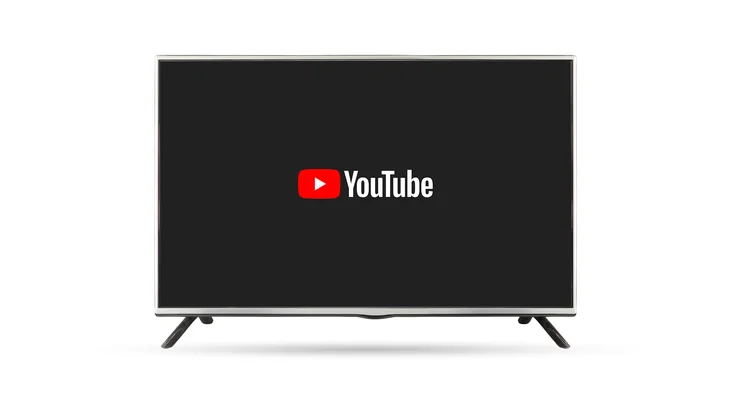A new approach to YouTube monetization
There’s no denying 2017 was a difficult year, with several issues affecting our community and our advertising partners. We are passionate about protecting our users, advertisers and creators and making sure YouTube is not a place that can be co-opted by bad actors. While we took several steps last year to protect advertisers from inappropriate content, we know we need to do more to ensure that their ads run alongside content that reflects their values. As we mentioned in December, we needed a fresh approach to advertising on YouTube. Today, we are announcing three significant changes.
That’s why starting today, new channels will need to have 1,000 subscribers and 4,000 hours of watch time within the past 12 months to be eligible for ads. We will begin enforcing these new requirements for existing channels in YPP beginning February 20th, 2018.
Of course, size alone is not enough to determine whether a channel is suitable for advertising. We will closely monitor signals like community strikes, spam, and other abuse flags to ensure they comply with our policies. Both new and existing YPP channels will be automatically evaluated under this strict criteria and if we find a channel repeatedly or egregiously violates our community guidelines, we will remove that channel from YPP. As always, if the account has been issued three community guidelines strikes, we will remove that user’s accounts and channels from YouTube.
This combination of hard-to-game user signals and improved abuse indicators will help us reward the creators who make engaging content while preventing bad actors and spammers from gaming the system in order to monetize unsuitable content. While this new approach will affect a significant number of channels eligible to run ads, the creators who will remain part of YPP represent more than 95% of YouTube's reach for advertisers.
Those of you who want more details, can find additional information in our Help Center.
We also know we need to offer advertisers transparency regarding where their ads run. We’ve begun working with trusted vendors to provide third-party brand safety reporting on YouTube. We're currently in a beta with Integral Ad Science (IAS) and we're planning to launch a beta with DoubleVerify soon. We are also exploring partnerships with OpenSlate, comScore and Moat and look forward to scaling our third-party measurement offerings over the course of the year.
The challenges we faced in 2017 have helped us make tough but necessary changes in 2018. These changes will help us better fulfill the promise YouTube holds for advertisers: the chance to reach over 1.5 billion people around the world who are truly engaged with content they love. We value the partnership and patience of all our advertisers to date and look forward to strengthening those ties throughout 2018.
Stricter criteria for monetization on YouTube
After careful consideration and extended conversations with advertisers and creators, we’re making big changes to the process that determines which channels can run ads on YouTube. Previously, channels had to reach 10,000 total views to be eligible for the YouTube Partner Program (YPP). It’s been clear over the last few months that we need the right requirements and better signals to identify the channels that have earned the right to run ads. Instead of basing acceptance purely on views, we want to take channel size, audience engagement, and creator behavior into consideration to determine eligibility for ads.That’s why starting today, new channels will need to have 1,000 subscribers and 4,000 hours of watch time within the past 12 months to be eligible for ads. We will begin enforcing these new requirements for existing channels in YPP beginning February 20th, 2018.
Of course, size alone is not enough to determine whether a channel is suitable for advertising. We will closely monitor signals like community strikes, spam, and other abuse flags to ensure they comply with our policies. Both new and existing YPP channels will be automatically evaluated under this strict criteria and if we find a channel repeatedly or egregiously violates our community guidelines, we will remove that channel from YPP. As always, if the account has been issued three community guidelines strikes, we will remove that user’s accounts and channels from YouTube.
This combination of hard-to-game user signals and improved abuse indicators will help us reward the creators who make engaging content while preventing bad actors and spammers from gaming the system in order to monetize unsuitable content. While this new approach will affect a significant number of channels eligible to run ads, the creators who will remain part of YPP represent more than 95% of YouTube's reach for advertisers.
Those of you who want more details, can find additional information in our Help Center.
Manually reviewing Google Preferred
We’re changing Google Preferred so that it not only offers the most popular content on YouTube, but also the most vetted. We created Google Preferred to surface YouTube's most engaging channels and to help our customers easily reach our most passionate audiences. Moving forward, the channels included in Google Preferred will be manually reviewed and ads will only run on videos that have been verified to meet our ad-friendly guidelines. We expect to complete manual reviews of Google Preferred channels and videos by mid-February in the U.S. and by the end of March in all other markets where Google Preferred is offered.Greater transparency and simpler controls over where ads appear
We know advertisers want simpler and more transparent controls. In the coming months, we will introduce a three-tier suitability system that allows advertisers to reflect their view of appropriate placements for their brand, while understanding potential reach trade offs.We also know we need to offer advertisers transparency regarding where their ads run. We’ve begun working with trusted vendors to provide third-party brand safety reporting on YouTube. We're currently in a beta with Integral Ad Science (IAS) and we're planning to launch a beta with DoubleVerify soon. We are also exploring partnerships with OpenSlate, comScore and Moat and look forward to scaling our third-party measurement offerings over the course of the year.
The challenges we faced in 2017 have helped us make tough but necessary changes in 2018. These changes will help us better fulfill the promise YouTube holds for advertisers: the chance to reach over 1.5 billion people around the world who are truly engaged with content they love. We value the partnership and patience of all our advertisers to date and look forward to strengthening those ties throughout 2018.






